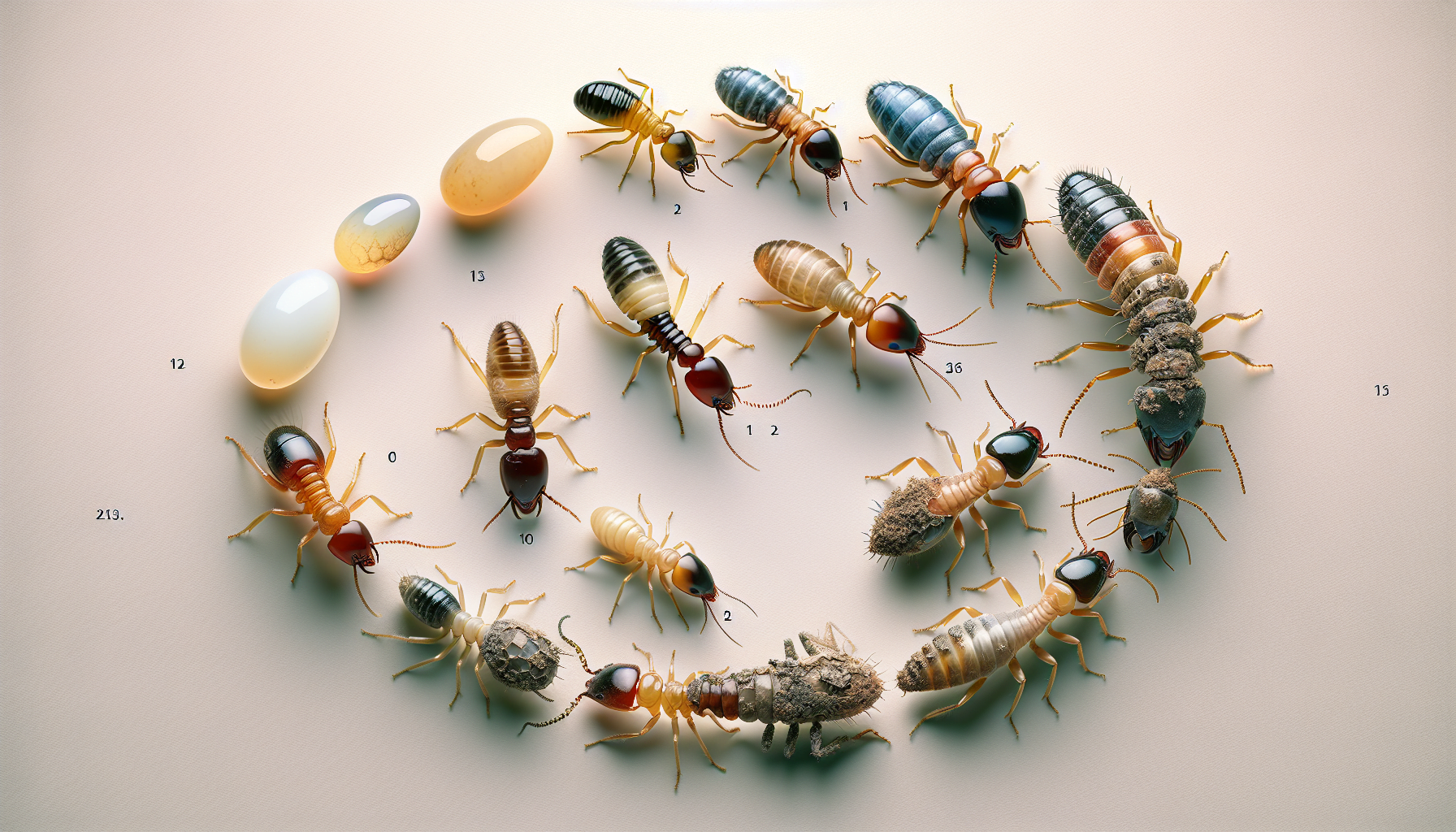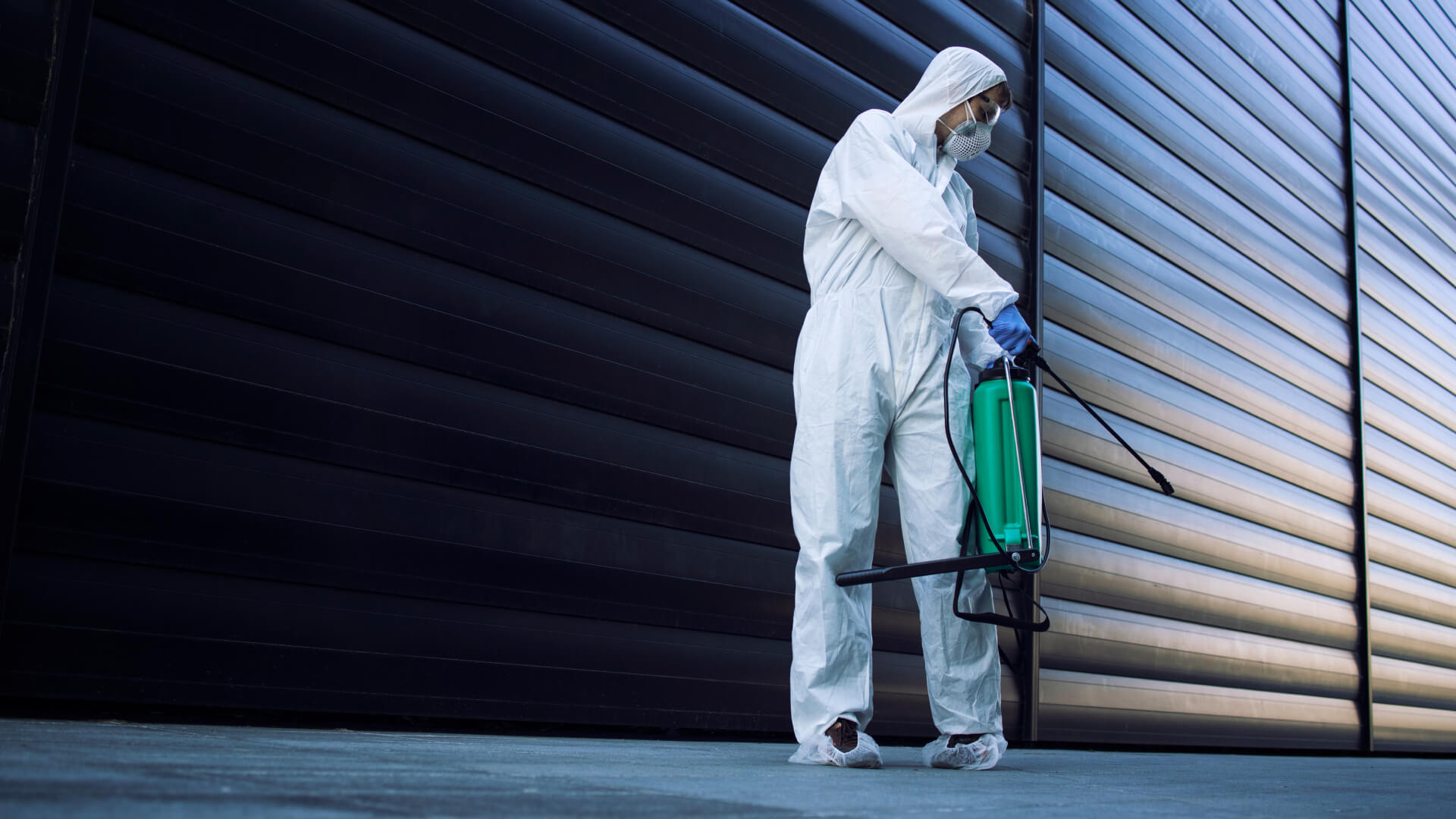Life Cycle of Termites Explained: From Egg to Alate

Understanding the life cycle of termites is pivotal for both homeowners and pest control professionals. The journey from termite eggs to alates encapsulates a fascinating process of development within a highly ordered social structure.. Termite life cycle stages, including eggs, larvae, nymphs and the sophisticated caste system, highlight the complex society these insects inhabit, where each member plays a crucial role.
This is part one in a series of articles examining how termite larvae evolve and the caste system within termite colonies. This article will explain the key stages of termite development.
Termite Development Stages
Eggs
The life cycle of termites begins with the queen laying eggs, which are small, oval and typically translucent. These eggs are laid in protected areas within the colony, ensuring a safe environment for incubation. Factors such as temperature, humidity and the colony’s nutritional state influence the hatching of these eggs, which can take several weeks to a few months depending on the species and environmental conditions.
Nymphs/Larvae
After hatching, termite eggs give rise to nymphs or larvae, which are pale and soft-bodied. These young termites undergo multiple moulting stages, shedding their exoskeletons to accommodate growth. Initially, these nymphs perform basic tasks within the colony, such as assisting in nest maintenance and foraging for food. As they moult, they differentiate into various castes based on the colony’s needs, including workers, soldiers and potential reproductives.
Adults
The final stage in the termite life cycle involves the maturation of nymphs into adult termites, which are categorised into three main castes: workers, soldiers and reproductives (alates). Workers are primarily responsible for nest maintenance and food collection, while soldiers protect the colony from threats with their larger mandibles. Reproductives or alates, develop wings and functional reproductive organs, preparing for swarming to mate and establish new colonies. The transformation from nymph to adult can span several months, influenced by factors like food availability and colony health.
Talk to Termite Choice about inspections and expert treatment options.

Book Your Pre-Purchase Termite Inspection Today!
At Termite Choices, we're committed to providing effective and reliable termite solutions that safeguard your property year-round. Get in touch with us to schedule your annual termite inspection today.
Request A Quote